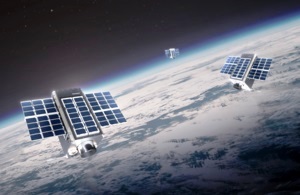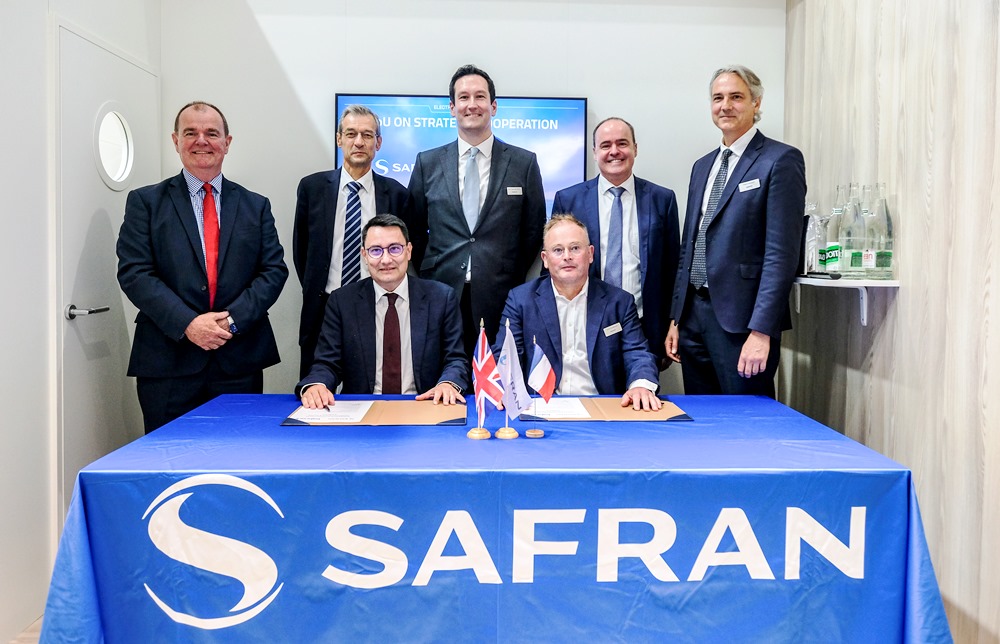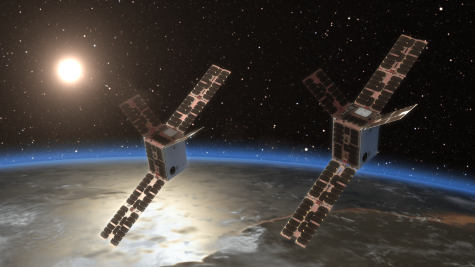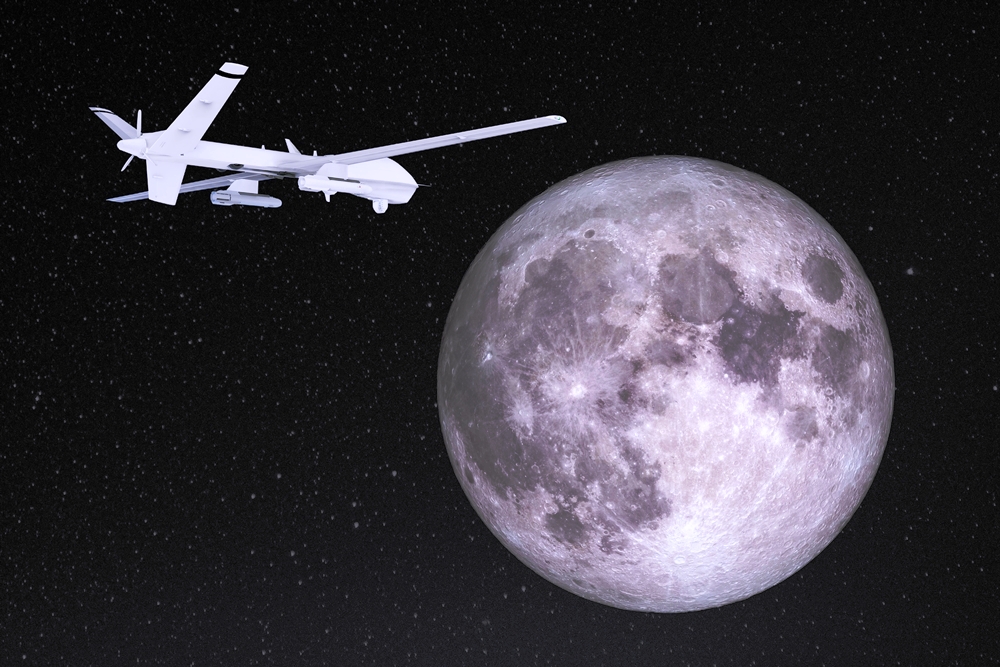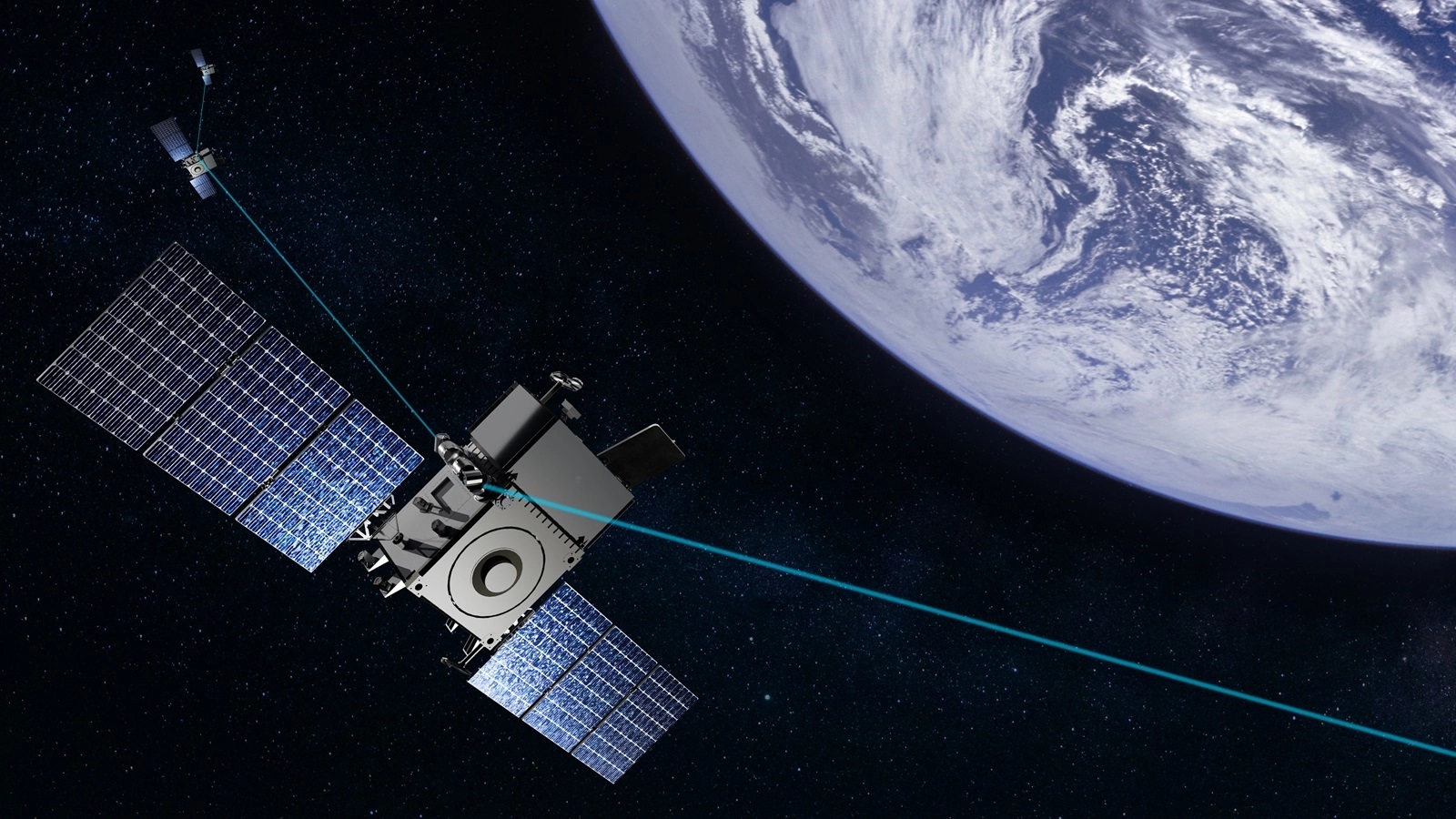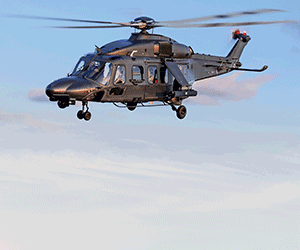BAE Systems delivers NASA’s SPHEREx Observatory for launch
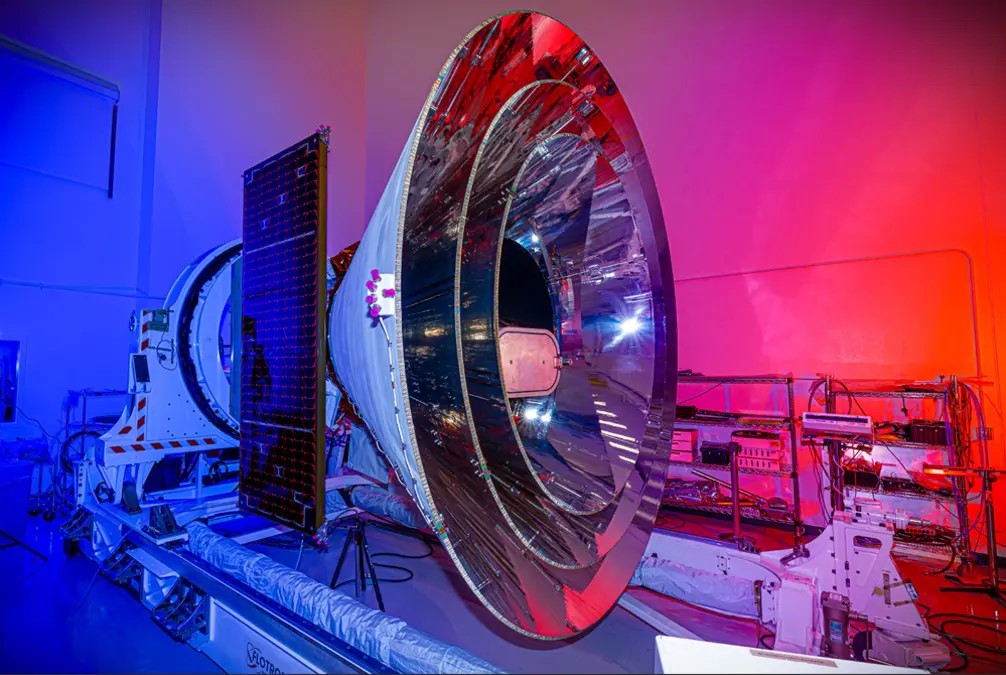
Above: The SPHEREx Observatory inside the BAE Systems clean room in Boulder, Colorado.
Courtesy BAE Systems
The observatory is scheduled to launch in late February alongside NASA’s Polarimeter to Unify the Corona and Heliosphere (PUNCH) mission aboard a SpaceX Falcon 9 rocket. The minimum two-year mission will conduct the first all-sky spectral surveys and gather valuable data to help answer fundamental questions about the universe.
SPHEREx will use an advanced imager developed by NASA’s Jet Propulsion Laboratory (JPL) and the California Institute of Technology (Caltech) to survey the entire sky in near-infrared light. Over the course of four planned surveys, the observatory will create 3D, colored maps of more than 450 million galaxies and millions of stars in the Milky Way.
This data will provide the scientific community with novel insights on the formation of the universe in the moments after the Big Bang, help determine how galaxies evolve over time, and seek out water and other life-sustaining molecules in areas where planets are forming.
Brian Pramann, SPHEREx program manager for BAE Systems Space & Mission Systems, said: “The development of SPHEREx represents a remarkable collaborative effort between BAE Systems, JPL, Caltech and numerous other institutions that helped to make this groundbreaking mission a reality.
“After years of complex design, manufacturing, integration and testing efforts, our team can’t wait to see SPHEREx launch.”
Along with its core science objectives, SPHEREx will also identify targets of interest for follow-up studies by observatories like the James Webb Space Telescope.
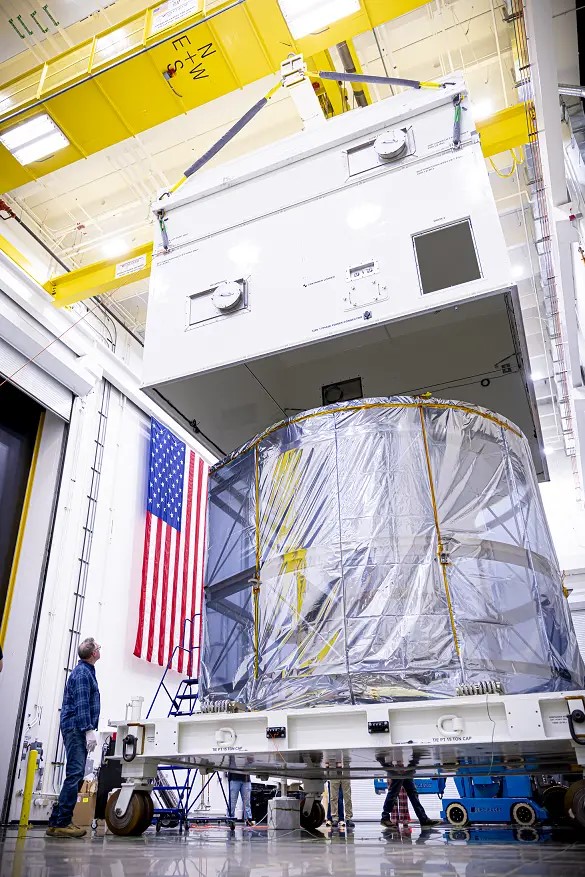
BAE Systems built both the spacecraft bus and telescope for the observatory, in addition to leading spacecraft integration and environmental testing for the mission. The company will also support launch operations and spacecraft commissioning. Caltech’s Dr Jamie Bock is the mission’s principal investigator.
Earlier work on the SPHEREx spacecraft was led by Ball Aerospace which BAE Systems acquired from Ball Corporation in February last year.
BAE Systems continues to provide longstanding support of NASA’s astrophysics missions, including work on the Hubble Space Telescope, Chandra X-ray Observatory, James Webb Space Telescope and the Nancy Grace Roman Space Telescope among others.





